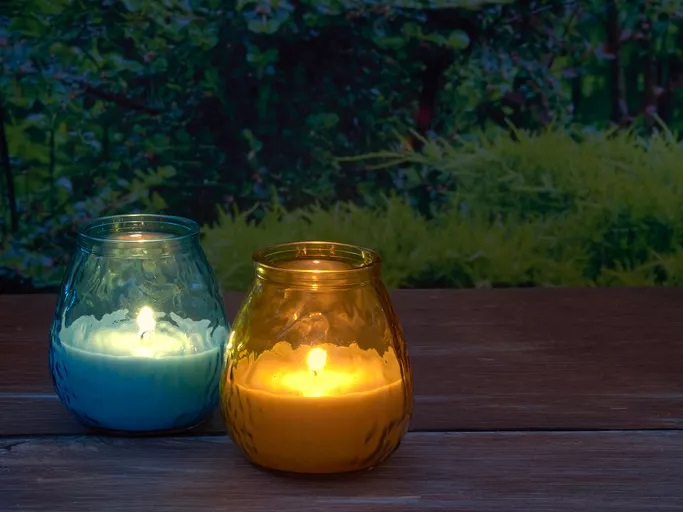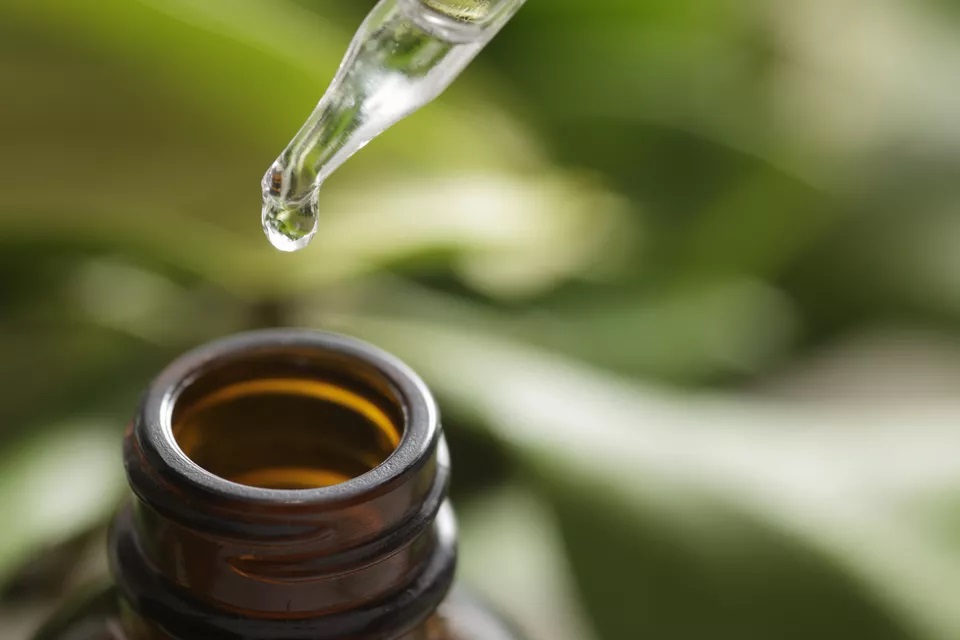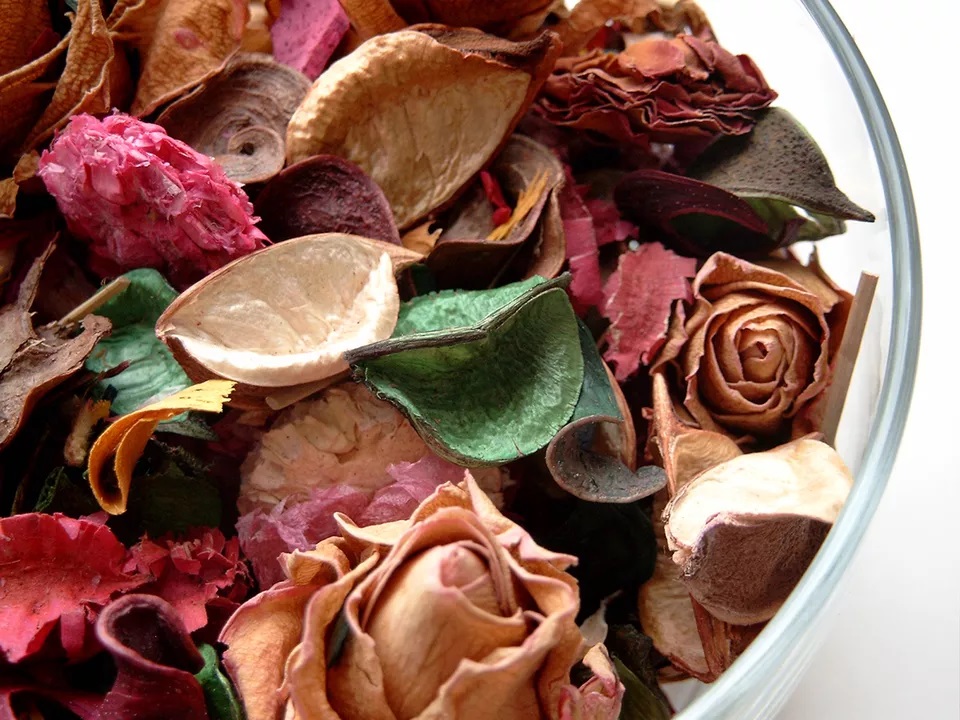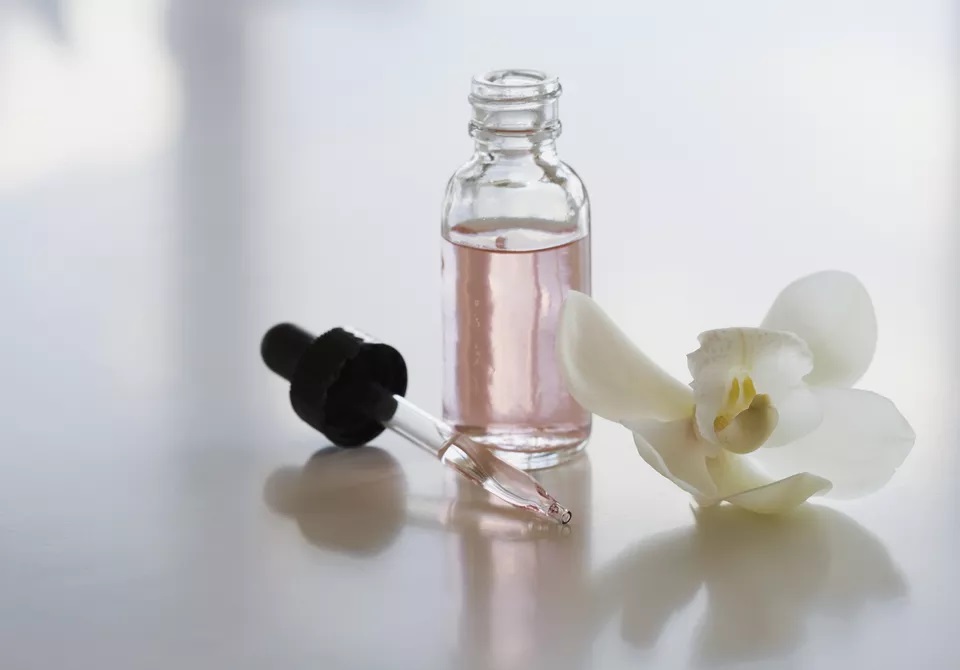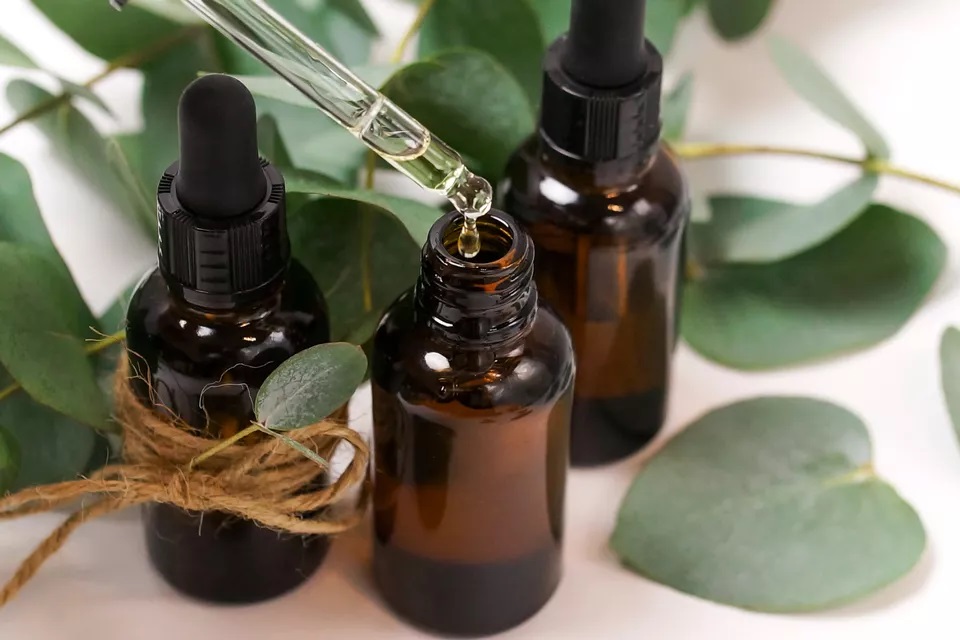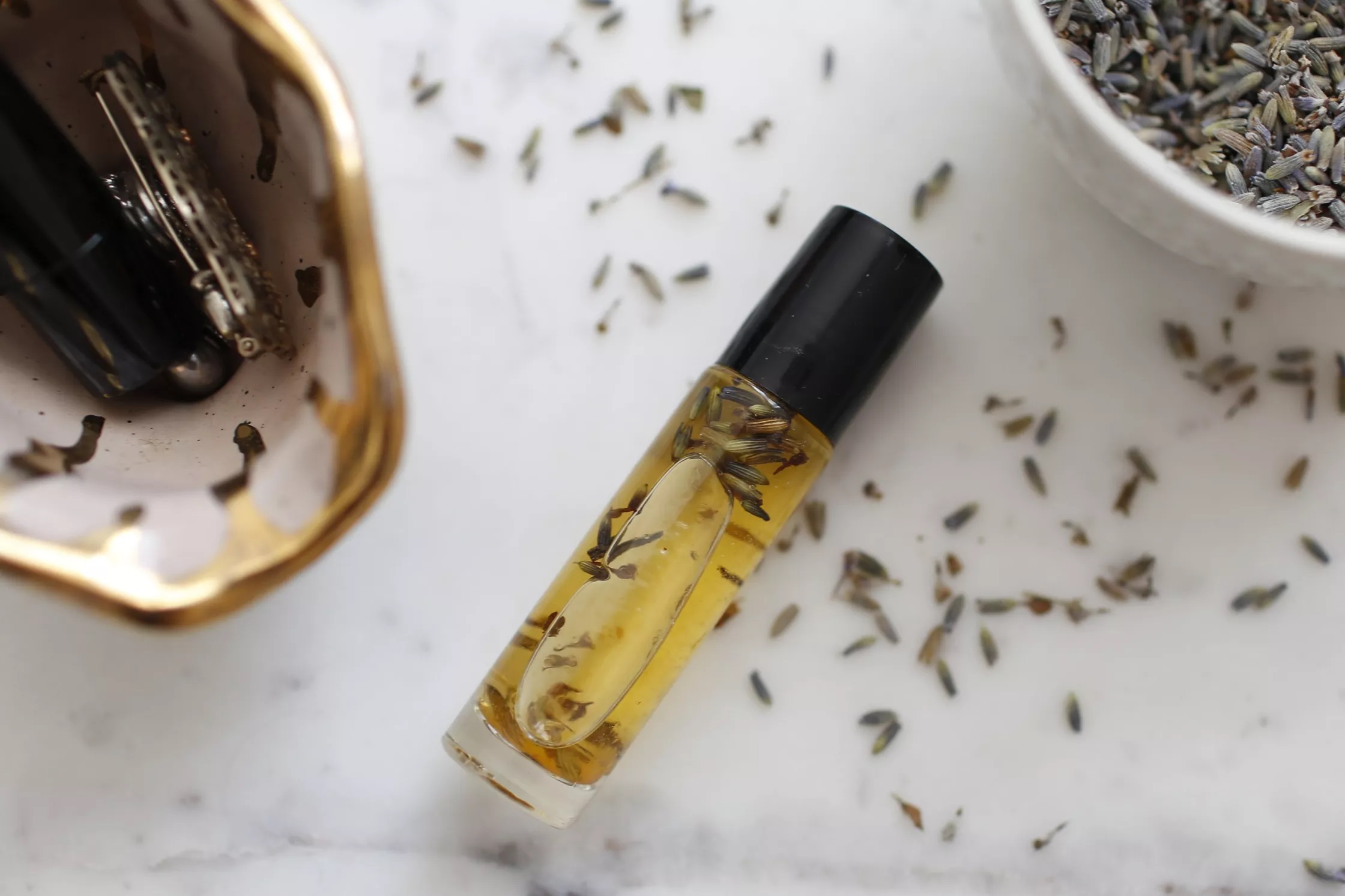Making Mosquito-Repelling Candles With Essential Oil Blends
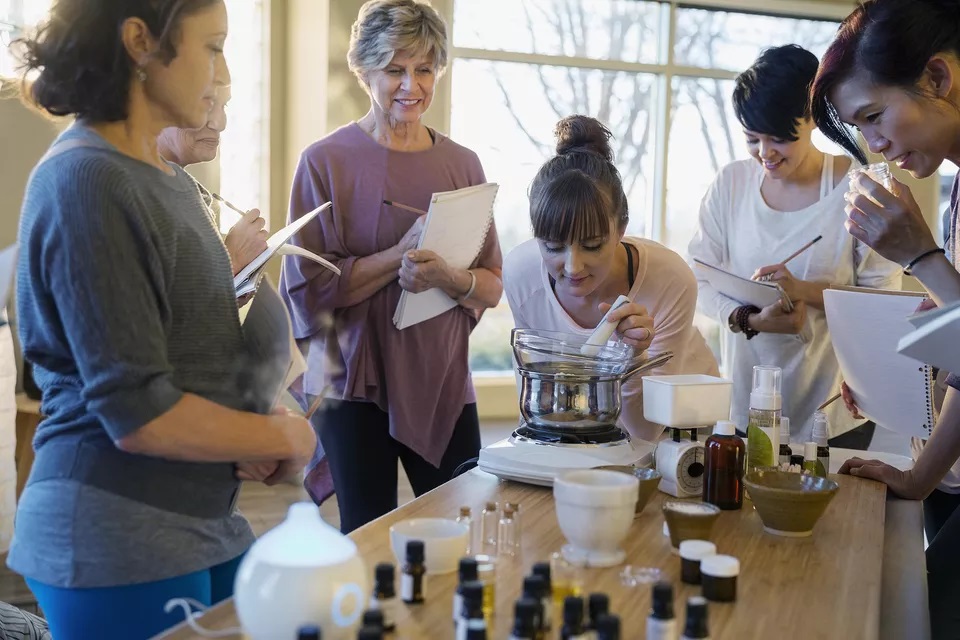
Scent is perhaps the most compelling aspect of handmade candles and soap. It's what draws you to a certain bar of handcrafted soap at a craft show or farmer's market. And it is the best way to make your own handmade soap a unique gift that'll be remembered.
If you want to try your "nose" at creating your own blends of essential or fragrance oils for your soaps and candles, it's not hard. Whether you're an experienced aromatherapist or new to scent blending, you can create your own complex scent blends that will make your soaps and candles smell wonderful with a scent that is uniquely yours. Grab a notebook and let's get started as this process can take anywhere from a few minutes to a couple of days.
What You'll Need
Materials
- Assortment of essential or fragrance oils
- Small jars with airtight lids (such as jelly jars)
- At least one clean cotton swab for each scent oil in the blend
- A notebook to record your results
Instructions
Many people start by blending essential oils since they are basic components used to build more complex blends. But you can try any combination of essential or fragrance oils.
As you examine individual components, make notes on how long-lasting the scent is. This will determine if it is a top note (the first, fleeting scent you smell in a fragrance), middle note (the scent you notice after a while; it lingers a little longer), or base note (the longest-lasting scent in a blend that takes the longest to "come to the top"). Ideally, the final blend will include one of each note at least. Alternatively, you can just choose several oils that you think will go well together. This is all about experimentation.
01Open Containers
Open the oils and the small glass jar. You may be able to get a preview of your scent blends merely by having the three bottles open at the same time.
02Dip Cotton Swab in Oil
One at a time, dip the tip of a clean cotton swab into the fragrance or essential oil. Squeeze any excess oil from the swab on the lip of the bottle. Instead of cotton swabs, you can use an eyedropper or disposable pipette and a paper towel, but make sure you use a fresh dropper or pipette for each essential oil.
03Put Swab in Jar
Place the swab in the glass jar.
04Repeat for Each Scent
Repeat for each of the scents you want to add to the blend.
Tip
Try to get equal amounts of fragrance or essential oil on each cotton swab, and make sure they are completely clean, or else you'll risk contaminating your essential oils.
05Keep Notes on Oil Testing
Make sure to write down each oil you include in the blend.
06Walk Away
Walk away from the jar and wait a few minutes.
07Smell Scent Blend
Come back to the jar and gently sniff the air above the jar. Don't stick your nose into the jar to smell the blend. Let the scent rise from out of the jar. This will be the scent blend in its early stage of development. Take notes on your thoughts about it. Is one oil overpowering the others? Do two of them seem too similar to tell apart?
08Let Jar 'Mature' and Smell Again
Put the lid on the jar and leave it in a cool, dark place. After a few hours, open the jar and smell the blend again. The scent should have mixed further and "matured" a bit. Take further notes on your thoughts about the blend.
09Repeat Previous Step
Place the lid back on the jar and return it to the cool, dark place. Wait about 48 hours until the scent blend has fully mixed and "matured." Take more notes about the blend.
10Make Corrections to Blend
Make corrections to your blend. Perhaps try two parts of oil A and one part of oil B. Or add some oil D to your blend of A, B, and C. Try the blend again until you find the perfect combination.
Tip
Sniffing coffee beans or ground coffee will cleanse your scent receptors (just like cleansing your palate). Sniff some coffee beans in between tests and you'll get a more accurate reading of the scents.
11Test Scent Blend in Candle or Soap
Once you are confident in your scent blend, try using it in a candle or soap. Take notes on how it works in them so you know what you need to change for next time.
- Previous Article:How to Create Your Own Scent Blends for Soap and Candles
- Next Article:Fragrance and Essential Oils in Soap and Candle Making
Related News Subjects
-
How to Make Potpourri2022-01-19
Top News
-
How to Make Perfume Using Essential Oils2022-01-19
-
How to Make Potpourri2022-01-19
-
Essential Oil Safety2022-01-19
-
DIY Essential Oil Perfume2022-01-19
